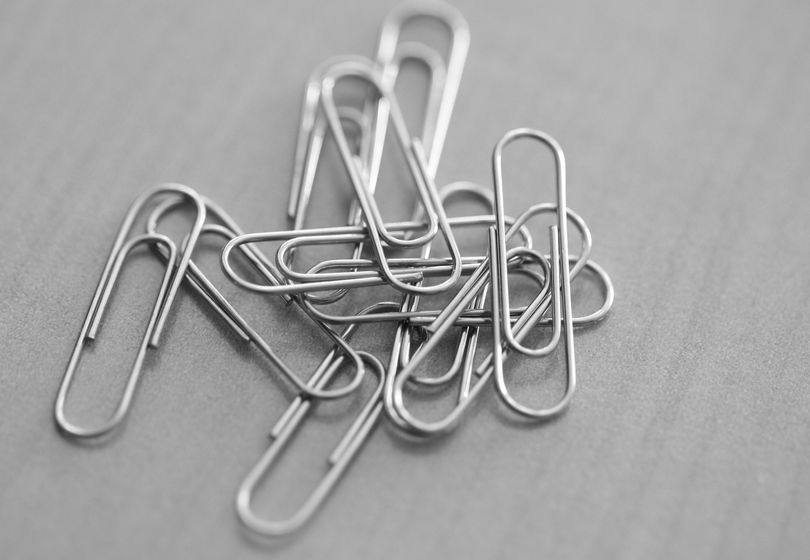
In the fast-paced world of offices and workspaces, even the smallest tools can make a big impact on productivity and comfort. One such tool that often goes unnoticed is the humble paperclip. Though seemingly insignificant, the design of a paperclip can play a crucial role in enhancing office ergonomics and workflow efficiency. This is where the concept of micro-ergonomics comes into play, highlighting the importance of paying attention to even the tiniest details in our work environment.
When we talk about office ergonomics, we tend to focus on major aspects like chair ergonomics, desk height, and computer screen positioning. While these are undoubtedly crucial, the role of micro-ergonomics should not be underestimated. Micro-ergonomics deals with the design of small tools and accessories that we interact with on a daily basis, such as paperclips, staplers, and pens. These seemingly minor items can have a significant impact on our comfort, efficiency, and overall well-being in the workplace.
Let's take a closer look at how the design of a paperclip can influence our office habits and productivity:
Paperclip Design and Office Ergonomics
The shape and structure of a paperclip may seem like a trivial matter, but it can affect how we handle and use this common office tool. For example, a well-designed paperclip with a smooth finish and rounded edges is more comfortable to hold and use compared to a rough, jagged one. This small difference in design can contribute to a better user experience and reduce the risk of hand strain or discomfort during prolonged use.
Furthermore, the size of a paperclip matters when it comes to organizing and securing documents. A larger paperclip may hold more papers together, but it can also add unnecessary bulk to the stack. On the other hand, a smaller paperclip may be sleeker and more discreet, allowing for a neater and more organized appearance.
Workflow Comfort and Desk Efficiency
Efficiency in the office is not just about speed and output; it is also about creating a comfortable and conducive environment for work. Small tools like paperclips play a role in enhancing workflow comfort by simplifying tasks and reducing unnecessary steps. For instance, a well-designed paperclip that is easy to attach and remove can save valuable time when organizing documents or putting together a report.
Desk efficiency is another aspect that can be improved by smart stationery choices. By selecting ergonomic tools like paperclips that are functional and user-friendly, we can optimize our workspace and create a more efficient work environment. A clutter-free desk with well-organized documents can enhance focus and concentration, leading to increased productivity and creativity.
Productivity Hacks and the Impact of Small Tools
In the quest for productivity and efficiency, it is essential to look beyond traditional methods and explore unconventional strategies. One such approach is to pay attention to the design and functionality of everyday tools like paperclips. By incorporating ergonomic tools into our workflow, we can streamline tasks, reduce errors, and boost overall efficiency.
Small tools may seem insignificant, but their impact should not be underestimated. A well-designed paperclip that simplifies document management or a cleverly crafted staple remover that saves time can make a significant difference in our daily work routines. These subtle changes can add up to create a more productive and rewarding work experience.
In conclusion, the shape of a paperclip may seem like a minor detail in the grand scheme of office supplies, but its design can have a substantial impact on our daily work habits and productivity. By embracing the principles of micro-ergonomics and choosing ergonomic tools that enhance comfort and efficiency, we can create a more conducive and productive work environment. So, the next time you reach for a paperclip, remember that even the smallest tools can play a big role in shaping your workday.
